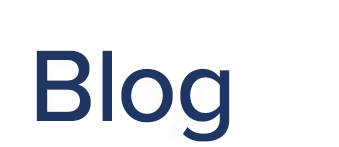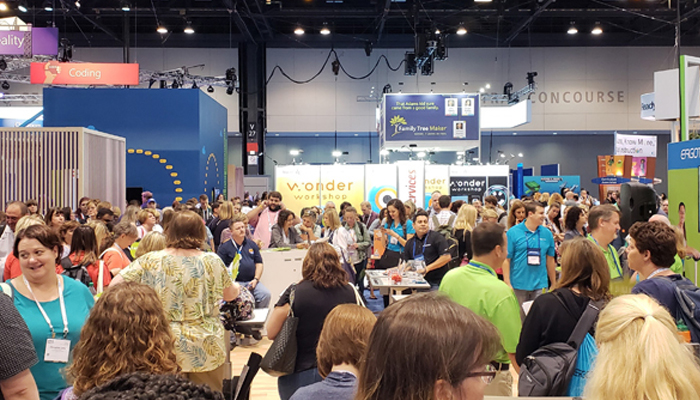Robotics, 3D printing, virtual reality—oh my! The ISTE 2018 show floor was a goldmine of energy and tech-enabled possibilities for educators. While I enjoyed walking and working the floor at this year’s show, my biggest ah-ha moments were from the breakout sessions. Curious about what really caught my attention? Read on for my top three ISTE 2018 takeaways.
- Classrooms need to change to support creativity.
Education is undergoing a major transition. Hearing about flipped classrooms and student-led learning is not exactly new, but for the first time, I started to understand the underlying context of why these classroom changes matter. Our classrooms are designed to prepare students for the real world, which is always changing. We’ve moved from the industrial age where kids are groomed for compliance, consistency and repetition, to the information age where kids need the skills to integrate and leverage technology.
We’re now looking ahead to the creativity age where kids will need the skills to define and explore what robots cannot. That’s the reason classrooms are changing. How kids are taught is specific to each of these outcomes. If you want kids to grow up curious and with a growth mindset, the classroom needs to breed creativity. Kids will do the jobs that robots can’t, but only if they have the skills to be curious, to ask questions, and to solve problems that don’t have predetermined answers.
- Interpersonal dynamics help or hinder change.
Budget isn’t always the biggest barrier to change (or even a barrier that gets mentioned). Based on my background at Ergotron, I’m aware of the funding restrictions that prevent teachers from integrating active classroom furniture like our LearnFit® mobile desks. So when I attended the pre-ISTE event, ISTE Unplugged Hack Education, I fully expected budget to be a recurring theme when educational thought-leaders were asked why schools don’t change.
I quietly listened for the next hour and not a single person blamed lack of funding. I was surprised to find out that the biggest barriers were interpersonal. The dynamics between teachers and principals. Between parents and teachers. Between principals and board members. The biggest barriers to change were lack of trust, awareness and support. Teachers with the greatest support from principals and parents are the ones making the greatest change.
- Take a strategic approach to grant writing.
Budget may not be the biggest barrier, but it still ranks high in the minds of educators. Therefore, my third favorite takeaway from ISTE was hearing from experts on how they leverage funding resources to secure equipment and solutions they need. It is a system that is working. In the two sessions I attended about grant writing and crowd funding, the teachers had secured hundreds of thousands of dollars for their schools. Impressive to say the least! Here are a few key recommendations:
- Be authentic. Ergotron has great resources for grant writers, but no funder wants to see canned copy. Put your own unique spin on the story. For example, if you are looking to fund sit-stand student desks, funders will want to know why student standing desks are important, and they will also want to know specifically how the desks will impact your kids.
- Start small. Whether going after a grant or crowd funding, never forget that someone is putting their hard-earned dollars behind your project. People want to know that their money is well spent and that each dollar is stretched. On platforms like DonorsChoose, look for match opportunities that double the impact of someone’s dollar. Request between $200-400 on your first project, preferably with a match. Seventy percent of small size projects get successfully funded!
- Follow instructions explicitly. When submitting grant proposals, there’s a lot of competition. Don’t let your proposal go unread because you missed the deadline by a day. Don’t let your proposal be dismissed because you included six references instead of the requested three. Remember that you’re not competing against every single person that submits a proposal—you’re only competing against the people that follow all of the directions. Be one!
As a relative newcomer to the education space, I was blown away by my first ISTE conference. I left with so much excitement over where education is going and so much appreciation for the teachers that are making change happen every day. What’s your take? Connect with us here or on Facebook.



